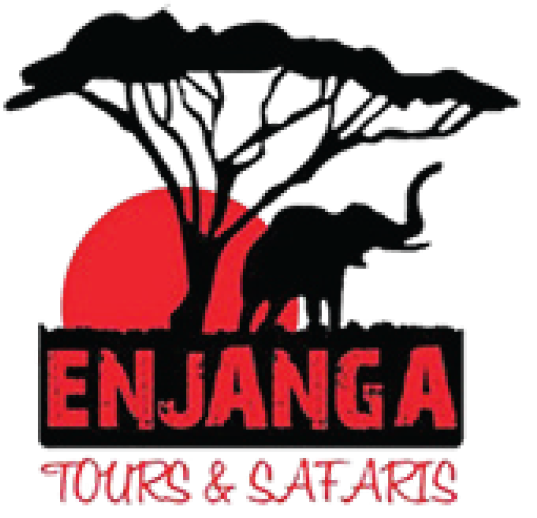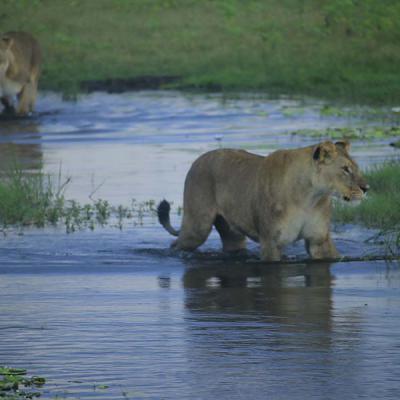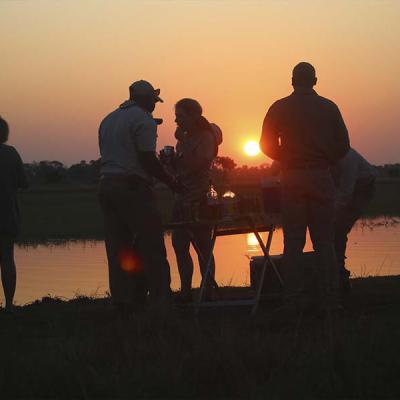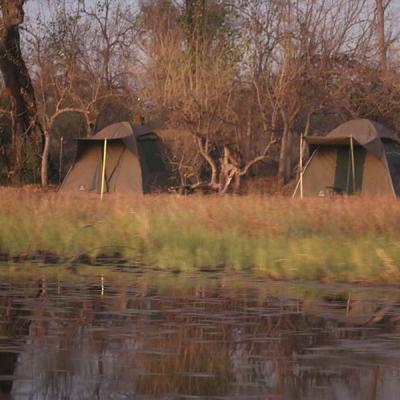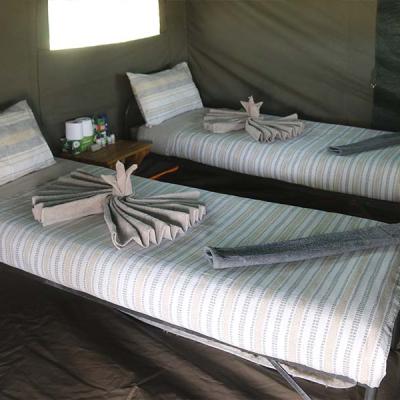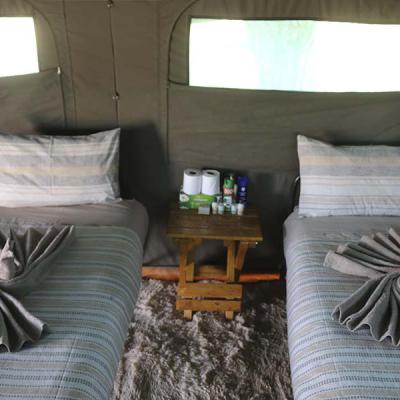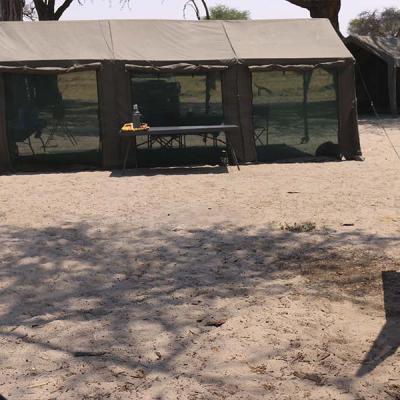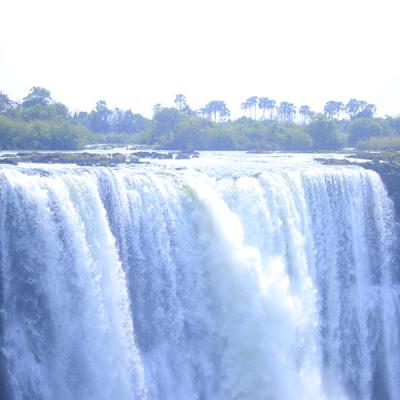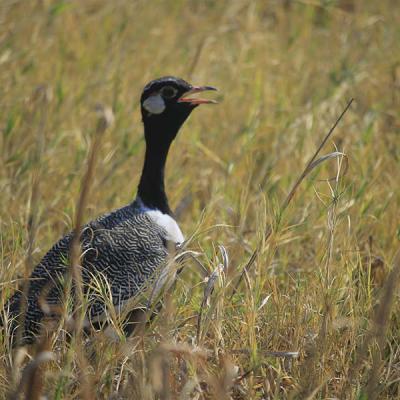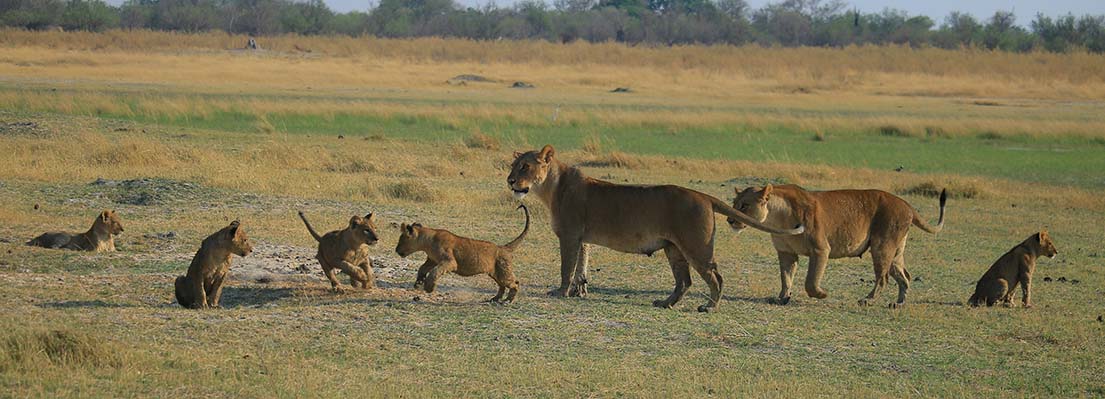
Found at the heart of the park, Savuti boasts most of the Chobe region species, except for water-loving antelope. It is best known for its large resident populations of predators, particularly lion, cheetah and hyena.
The Savuti channel flows from the Linyanti River for about 100 km, carrying water away from the river, releasing it into a vast swampland called the Savuti Marsh, and further south on to the Mababe Depression, also fed by the Ngwezumba River from the northeast. The Mababe – immense and flat and fringed by thickets of trees – was once part of the Makgadikgadi super-lake. When filled with water, it attracts thousands of migratory birds and animals, vast herds of zebra.
Geographically, Savuti is an area of many curiosities. One of its greatest mysteries is the Savuti channel itself, which has over the past 100 years inexplicably dried up and recommenced its flow several times. Attributed by some to plate tectonics, this irregular water flow results in numerous dead trees lining the channel. These trees germinate and grow when the channel is dry, but they drown when the channel flows again.
At the extreme northern reaches of Botswana, between the Chobe National Park to the east and the Okavango to the south, are the extensive Kwando, Selinda and Linyanti concessions. These properties offer superb wildlife viewing – and terrain to rival the physical beauty of the Okavango.
Sharing many geographical similarities with the Okavango River, the Kwando River flows south from Angola across the Caprivi Strip and into Botswana, contributing to filling the Linyanti Swamps.
The swamps that fan out from the rivers carry the same magnificent natural history as the Okavango – picturesque channels, lagoons, papyrus stands and reedbeds. Riparian forest lines the waterways, giving rise to majestic, towering trees. Dry riverbeds – the Selinda Spillway and the Savuti channel – meet the swamps, their lack of flowing water possibly determined by faulting underground that halts the waters' course.
The reserves string along the rivers, with the Kwando to the northwest, Selinda (1350 sq km in area) south and Linyanti (1250 sq km in area) east. A small portion of the Chobe National Park juts up to meet the Linyanti River and swamps; it has a government campsite and facilities for the self-drive camper, while the concessions offer private camps.
During the dry season, both the Kwando and Linyanti Rivers' permanent waters serve as essential migration points for wildlife from across northern Botswana herds of buffalo and elephant, wildebeest and zebra.
Virtually all naturally occurring antelope and predators can be seen in these concessions, depending, on the season and food and water availability. These include waterbuck, reedbuck, giraffe, impala, kudu, and with any luck, the rare and shy sitatunga, and accompanying lion, hyena, leopard, cheetah, jackal, serval and caracal.
But perhaps the greatest attraction of this part of Botswana is the feeling it gives of extreme isolation and being completely removed from the world as we know it. The camps are small and private, with perhaps only twenty or so guests present at one time.
There's nothing else out there – except you, the bush and a fascinating contingent of wild animals – just waiting to be discovered and explored.
